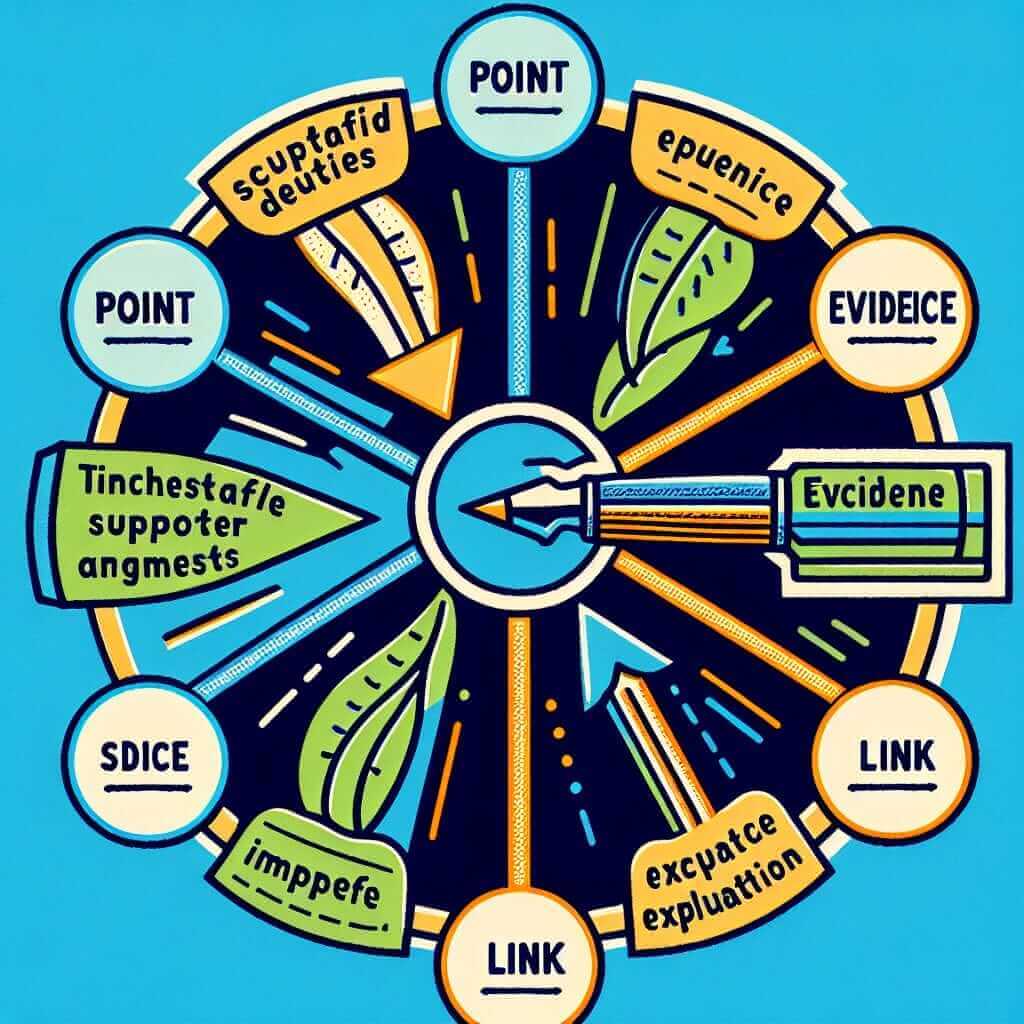Crafting well-structured and compelling body paragraphs is crucial for achieving a high score in the IELTS Writing test. Whether you’re aiming for band 7 or striving for band 9, understanding how to effectively present your ideas will significantly impact your overall performance.
As an IELTS instructor with over two decades of experience, I’ve witnessed firsthand the transformative power of mastering body paragraph writing. In this comprehensive guide, we’ll delve into the key strategies and techniques that will empower you to write clear, cohesive, and high-scoring body paragraphs.
Understanding the Importance of Body Paragraphs
In the IELTS Writing test, your body paragraphs are the heart of your essay, where you develop and support your main arguments. Each paragraph should focus on a single key idea, presenting evidence, examples, or explanations to convince the examiner of your viewpoint.
Well-crafted body paragraphs demonstrate your ability to:
- Organize your thoughts logically and coherently
- Present relevant and well-supported arguments
- Utilize a wide range of grammatical structures and vocabulary
- Maintain a clear and consistent style throughout your writing
The Structure of an Effective Body Paragraph
A successful body paragraph typically follows a clear and logical structure, often referred to as the “PEEL” method:
1. Point: Begin each paragraph with a clear topic sentence that introduces the main idea you will be discussing. This sentence should directly relate to the thesis statement in your introduction.
2. Example/Evidence: Provide relevant evidence or examples to support your point. This could include statistics, facts, anecdotes, or personal experiences.
3. Explanation: Explain how your evidence supports your main point and elaborate on its significance. This is your opportunity to analyze the information and draw connections for the reader.
4. Link: Conclude your paragraph with a sentence that smoothly transitions to the next paragraph or reiterates the main point discussed.
Illustrating with an Example
Let’s say your essay topic is “The benefits of learning a foreign language.” A body paragraph discussing the cognitive advantages might look like this:

Point: Studies have shown that learning a foreign language can have a profound impact on cognitive abilities.
Example/Evidence: For instance, bilingual individuals tend to perform better on tasks that require multitasking, problem-solving, and critical thinking.
Explanation: This is because learning a new language strengthens neural connections in the brain, improving cognitive flexibility and overall mental agility.
Link: These cognitive benefits have far-reaching implications, impacting not only academic performance but also professional success and social intelligence.
Tips for Writing High-Scoring Body Paragraphs
- Use a Variety of Sentence Structures: Avoid monotony by incorporating complex sentences and different grammatical constructions.
- Maintain Cohesion: Use transition words and phrases (e.g., furthermore, however, in contrast) to ensure a smooth flow between sentences and paragraphs.
- Be Concise and Avoid Redundancy: Get to the point clearly and avoid unnecessary repetition.
- Proofread Carefully: Check for grammatical errors, spelling mistakes, and punctuation issues.
Conclusion
Mastering the art of writing effective body paragraphs is an essential skill for IELTS success. By following the “PEEL” method, incorporating the tips above, and practicing regularly, you can confidently approach the Writing test and achieve your desired score.